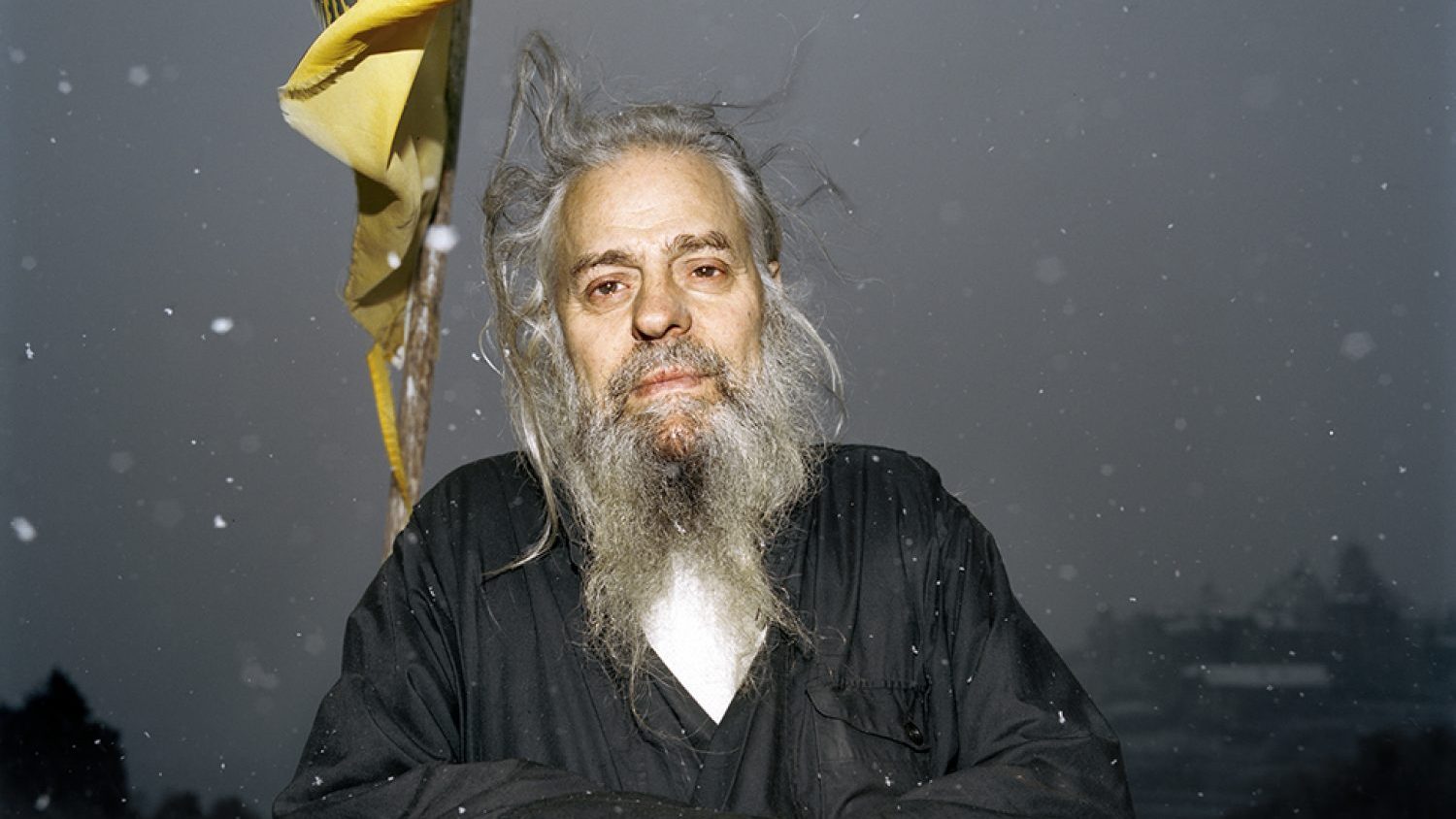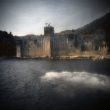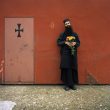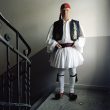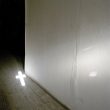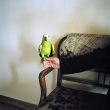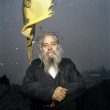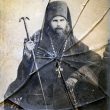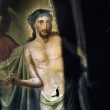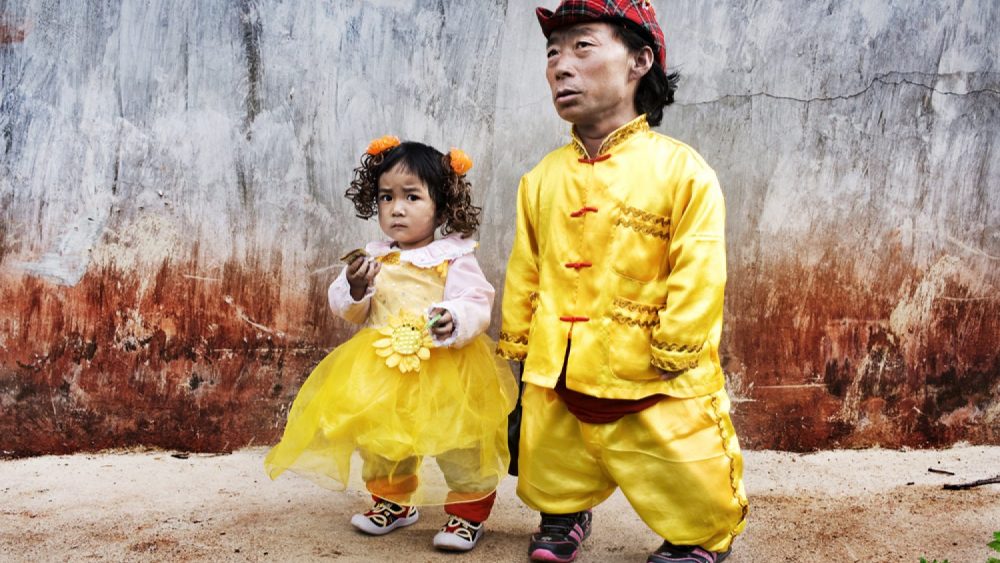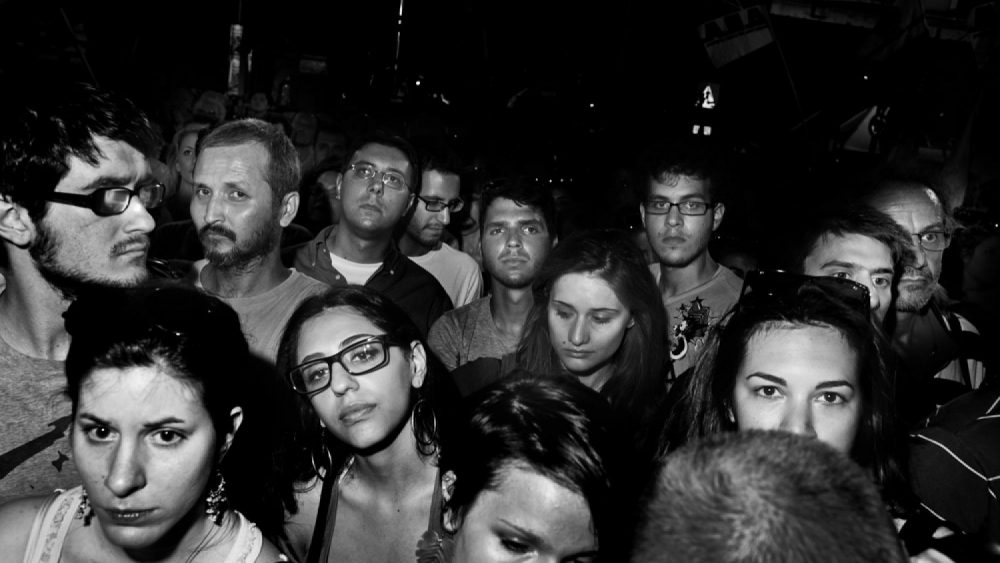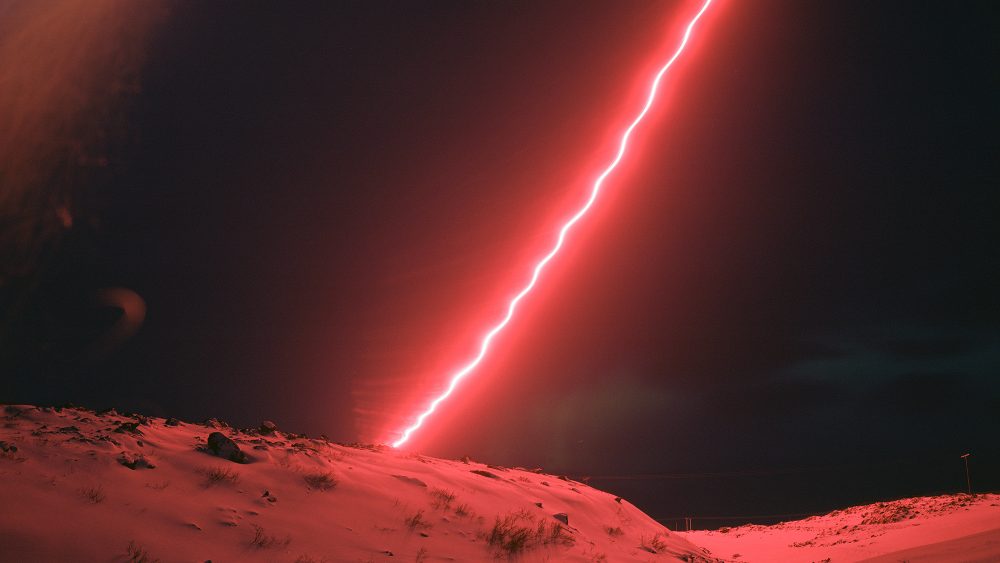Athos. Colors of Faith
Mt. Athos is a self-governed Greek Monastic State, which constitutes the center of Eastern Orthodox Monasticism. Today, the name refers both to the mountain itself and the peninsula on which it rests. Although the area is narrowly connected to the Greek mainland, in practice one can only access the mountain by ferry (and only after applying for a special visitor’s permit).
It is a unique place for many reasons. For one thing, the only females on the entire peninsula are cats and hens (kept for rat control and to provide the yolk needed for icon painting, respectively). On a related note, nobody is born on Mt. Athos, ever. For more than 1,000 years, males (and only males) have arrived to the mountain, changed their names and lived in isolation, devoting themselves to prayer.
These Eastern Orthodox monks come to the mountain to find isolation from the world. Their social existence is limited and defined fundamentally by obedience. Immutable hierarchical relations between the Elder and the subordinate monks determine life in the monasteries.
The Athonic State has seen a lot over its thousand-year history. It witnessed the summit of Byzantine power; received favor from benefactor emperors, princes and rulers (and now funding from the EU); withstood pirates, Latin crusaders and Ottoman conquerors; survived absorption into the modern Greek state; weathered the advent of countless technological comforts.
I have been visiting Mt. Athos on a regular basis for the past several years. I am trying to grasp and capture what is changing in the shades of faith, in that farrago of buildings, pictures, relics, manuscripts, absurd little secrets and major revelations.
I was piqued especially by the setting’s completely male societies. Amidst both the temporary groups (composed of visitors) and perpetual ones, I found countless images of promiscuous gods, mortals, and demons, expressing some of the deep but unspeakable uncertainties present on the mountain.
Mt. Athos is difficult to photograph not so much because it resists the secular character of photography but rather because it needs time to be revealed. It is hidden behind picturesque semiotics, folklore tenderness and miraculous accounts. It is a setting of silence and mystery, which balances past and present, tradition and freedom, might and feebleness, darkness and light.
Stratos Kalafatis is a photographer born in Kavala (1966) and based in Thessaloniki, Greece. His photographs have been featured in numerous solo and group exhibitions, including the 10th Venice Int’l Architectural Biennale, Backlight 7th Tampere Int’l Triennial in Finland, 10th Edition of PhotoEspana, Museum of Modern Art, Fukushima & Saga, Japan, and Bozar Expo, Brussels, Belgium.
